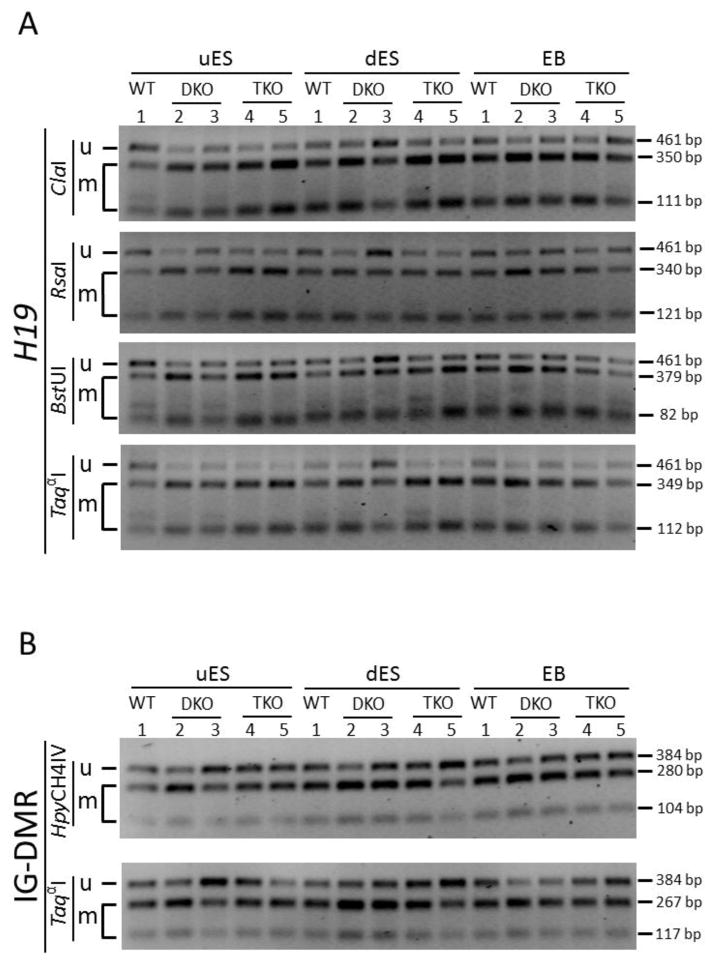Figure 2. COBRA analysis of paternally inherited DNA methylation imprint at two imprinted regions.
PCR amplification was performed on bisulphite-treated DNA samples with the primers covering the paternally inherited imprinting control region of two imprinted regions (Figure S2). Then the PCR product was subjected to restriction enzyme digestion targeting the CpG sites. uES, undifferentiated ES cell samples derived from the ES cells grown on feeder cells. dES, differentiated ES cell samples derived from the ES cells passaged on gelatin-coated plates for two generations. EB, embryoid bodies formed after the ES cells grown on non-adherent 10-cm dish plates for 9 days. Lanes 1, wild-type (WT) ES clone. Lanes 2, TET DKO#1 ES clone. Lanes 3, TET DKO#2 ES clone. Lanes 4, TET TKO#1 ES clone. Lanes 5, TET TKO#2 ES clone. u, the restriction enzyme product of the unmethylated DNA. m, the restriction enzyme product of the methylated DNA.
A, COBRA analysis of the H19 DMR of the Igf2-H19 imprinted region, with a PCR product of 461 bp (Figure S2A). ClaI, RsaI, BstUI and TaqαI are four restriction enzymes used for digestion. The sizes of the restriction enzyme digestion product for the methylated DNA are: 350 bp and 111 bp for ClaI; 340 bp and 121 bp for RsaI; 379 bp and 82 bp for BstUI; 349 bp and 112 bp for TaqαI. B, COBRA analysis of the IG-DMR of the Dlk1-Dio3 imprinted region, with a PCR product of 384 bp (Figure S2B). HpyCH4IV and TaqαI are two restriction enzymes used for digestion. The sizes of the restriction enzyme digestion product for the methylated DNA are: 280 bp and 104 bp for ClaI; 267 bp and 117 bp for TaqαI.

